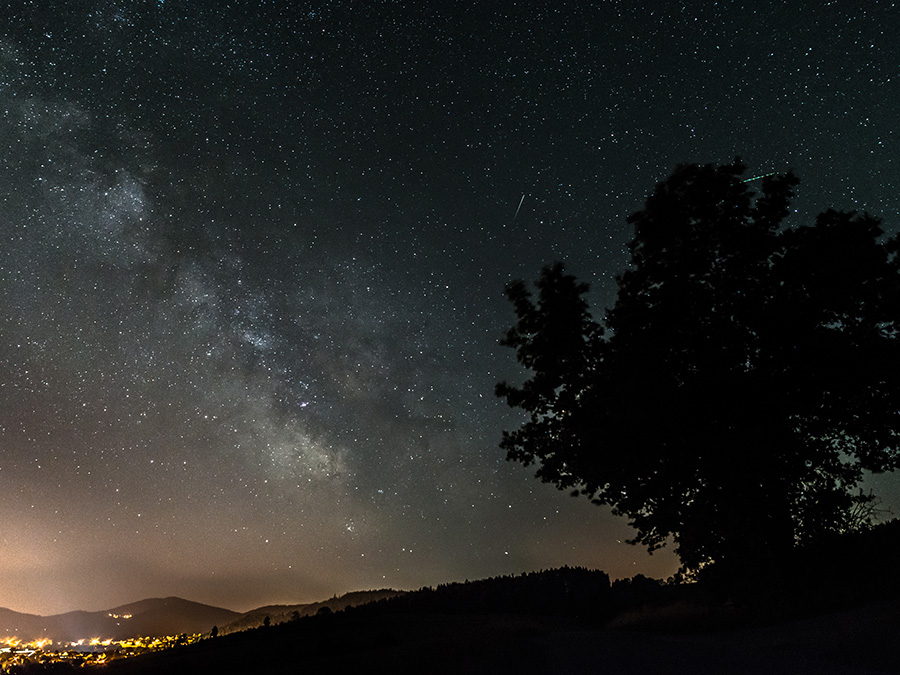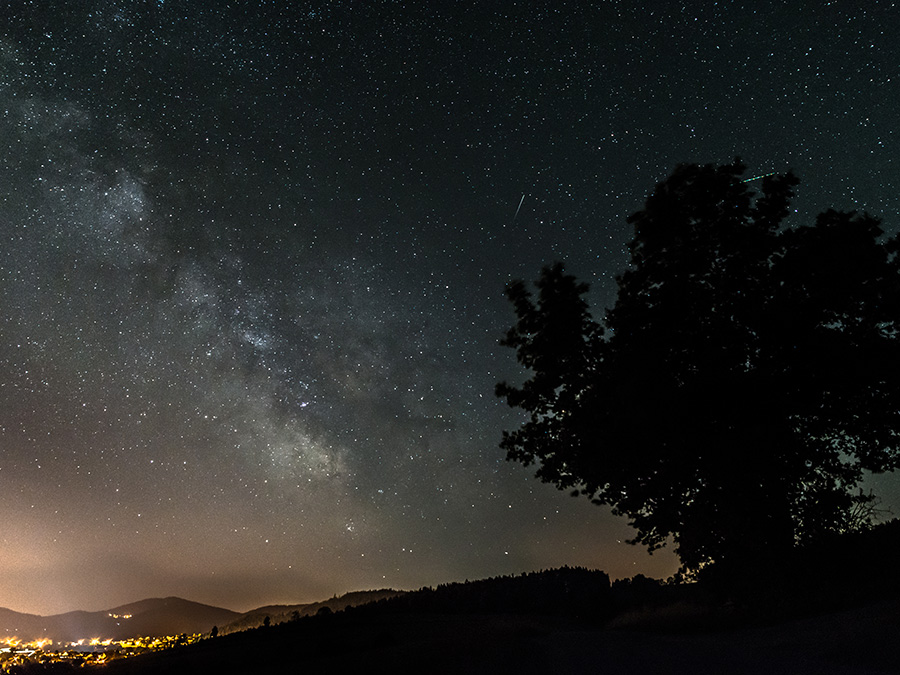| Location | Domaine royal de Marly, Marly-le-Roi, France |
|---|---|
| Application | Fountains and swimming pools |
| Light planning | Amocosy |
| Photo | Arnaud Rinuccini |
Just a few kilometres from Versailles, the remains of the Château de Marly, a former French royal residence, are located in what is now Marly-le-Roi. This was a favourite retreat of Louis XIV, where he could escape the formal rigours of the palace. Small rooms meant less company, and simplified protocol.
Work began on the Château in spring 1679, in response to the king’s request for an isolated residence to be built on his property, in the woods between the palace of Versailles and the Château de Saint-Germain-en-Laye. Marly was the perfect choice. The project, a collaboration between the architect Jules Hardouin Mansart and the painter Charles Le Brun, was officially opened in 1686, and the Abreuvoir de Marly, or “Marly horse trough”, was added in 1698. This huge horse-watering pool was one of the most impressive architectural and hydraulic structures of the 17th century. It was conceived as a picturesque pond where the king’s horses could stop to rest and water after hunting sessions in the nearby forest.
The setting is famed for its serene beauty and historical importance, reflecting the grandeur and sophistication of the Sun King’s reign. No trace remains of the original castle, but the drinking pool has been beautifully preserved and has recently undergone a lighting upgrade. The lighting design from the Amocosy design studio has used L&L Luce&Light fixtures to restore the elegant and imposing appearance of former times, with Trevi 1.2 32W 24Vdc 3000K, underwater linear profiles for pools and fountains, specially designed with a 90° rotation and 60 cm telescopic bracket.
The drinking pool’s massive, solid structure is typical of 17th century architecture, designed to withstand time and weathering. Now, it is emphasised by a soft, warm, diffuse light that envelops the stone and creates magnificent reflections in the water below. The entire structure is illuminated in a way that is in keeping both with the grandiose aesthetics of the other buildings associated with Versailles and the reign of Louis XIV, and with the natural ambience of its surroundings.
Curiosities
The Abreuvoir de Marly originally functioned as both a watering station and a decorative element. The king wanted the construction to represent his power and artistic taste, and it incorporated sculptural elements such as the famous Chevaux de Marly horse statues by Guillaume Coustou. While the original statues are now housed in the Louvre in Paris, replicas still grace the site.
The large, semi-rectangular basin has a central ramp leading down to the water; the stone walls, with their strong, sturdy construction, lend solidity to this monumental drinking pool. The basin is shallow and built with a gentle slope to make it easier for horses to access the water.
The abreuvoir was part of a complex water system that allowed the basin to be filled with water from the Seine, channelled towards Marly via a system of pumps known as the Machine de Marly, a contemporary masterpiece of hydraulic engineering.

Gardone Riviera, Brescia, Italy

San Giovanni in Croce, Cremona, Italy

